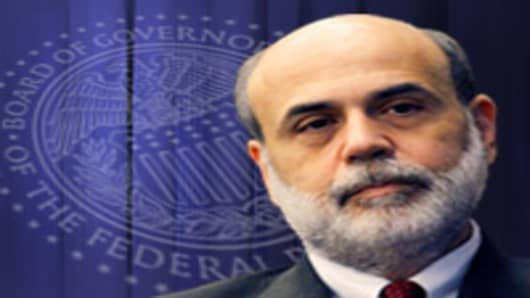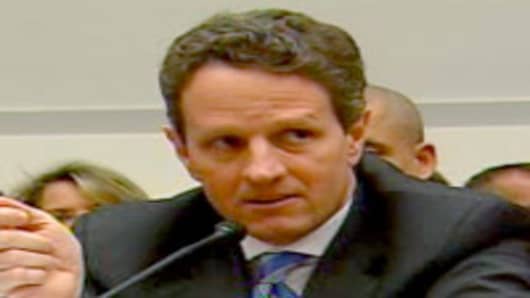A spate of recent reports from home sales to mortgage activity has been starkly negative. And, even if some of it can be written off to seasonal patterns, namely weather, the weakness is not what what people expected with the extension and expansion of the government’s homebuyer tax credit that jacked sales for several months last summer and fall.
New homes sales fell to a record low in January, extending a two-month slide; pending and existing home sales were down in December; homebuilder sentiment in January fell back to where it was last June, and mortgage applications have fallen three of the past four weeks,
- Existing-Home Sales Plunge In January
“The data is telling us that it is weaker than we’ve been anticipating,” says Pat Newport, a housing analyst at IHS Global Insight. “What the housing market has needed all along is a better economy.”
Even the optimists never expected a traditional housing recovery with unemployment stubbornly high, the consumer balance sheet still in repair mode and credit conditions stingy, but right now there’s palpable worry about momentum—especially given a string of solid months in mid- to late-2009.
The Mortgage Bankers Association’s outlook was and remains “fairly cautious,” says Michael Fratantoni, vice president of research. “I think we were getting some false signals in the late summer and early fall, when we seeing some price increase, that were more than the seasonal impact.”
The MBA is expecting a modest year-over-year increase in home sales and housing starts, with prices leveling out.
Global Insight, for one, says it will probably lower its projections for housing starts and new home sales. The homebuyer tax credit, which now applies to repeat buyers and not just first-time ones, “isn’t panning out, its’ not registering," says Newport. “Demand for new housing is a lot weaker than we thought it would be.”
As sales jumped last year, making the tax credit look like a major success, some analysts feared that it would hurt sales later, essentially pushing activity forward. That now appears to be the case.
Bargain Prices Cut Both Ways
Meanwhile, foreclosed properties continue to dominate sales with less than the usual activity in the middle market, where people trade up to new or better existing homes.
“Foreclosed homes are selling at remarkable pace,” says Richard Smith, CEO of Realogy, the national real estate company, whose brands include Coldwell Banker, Century 21 and The Corcoran Group. “People are looking for the value play. The majority of homes are being bought by investors and first-time buyers..
Smith says the government’s mortgage modification program meant to avert foreclosures “is doing nothing more than prolonging the housing recovery. It is doing more harm than good.”






